Ba Ria – Vung Tau belongs to the Southeast region, adjacent to Dong Nai province in the north, Ho Chi Minh City to the west, Binh Thuan province to the east, and to the South bordering the East Sea. This is one of the leading tourist centers of the country thanks to its convenient location, mild climate, many interesting experience activities for tourists…

Tourist season
Ba Ria – Vung Tau is located in an area with few storms. A year of two distinct seasons. The rainy season is from May to October, it is cool, it doesn’t rain. The dry season is from November to April next year, it is quite hot. In fact, you can travel to Ba Ria – Vung Tau all year round, but the most beautiful from March to September if you want to swim, visit Con Dao .
.
Move
From Ho Chi Minh City , visitors can go by motorbike, car or high-speed train or ferry. If you go by car, go in the direction of National Highway 1 – National Highway 51 – Vung Tau; or from Cat Lai ferry (District 2, Ho Chi Minh City) – Nhon Trach (Dong Nai) – National Highway 51 – Vung Tau. For tourists who drive their own cars, go towards Long Thanh – Dong Nai highway.
If you want to experience the sea ferry, visitors from Ho Chi Minh City go about 70 km to Tac Suat wharf (Can Gio) to board the ferry. The Can Gio – Vung Tau sea ferry has a travel time of about 30 minutes or longer, depending on the weather and sea level. Ticket price per passenger is 70,000 VND. Fee for transporting motorbikes and bicycles is 50,000 VND per vehicle. Cars from 4 seats to 26 seats or more cost from 350,000 to 800,000 VND each.
If you choose to take a bus, you can go to Mien Dong bus station to buy tickets directly or call to book in advance through the online system. Prices range from 80,000 to 160,000 VND per ticket.
If you take the high-speed train, it takes about 1 hour and 30 minutes. Ticket price is 240,000 VND per adult, 120,000 VND per child from 6 to 11 years old, under 6 years old is free. Ticket price for people over 62 years old is 140,000 VND per trip.
From Hanoi , tourists take a plane or train to Ho Chi Minh City then choose the above means.
Where to play?
Vung Tau city
Only more than 120 km from Ho Chi Minh City, Vung Tau is a favorite weekend destination for tourists. With an appearance facing the sea, Vung Tau has many lovely small beaches running around the city. Tam Duong Beach or Front Beach is located between Big Mountain and Small Mountain. Coffee shops run along the entire beach…

Ba Ria City
Ba Ria city is 90 km northeast of Ho Chi Minh City, 25 km south of Vung Tau city.
Thi Vai Mountain
Going from Highway 51 to Phu My town, if you want to reach Thi Vai mountain , turn left about 3 km to follow the trail to the foot of the mountain. You can park your car at the local house at the foot of the mountain and start your walking journey on the stairs built of marble leading up the mountain. There are also three main pagodas here: Linh Son Lien Tri Pagoda (Lower Pagoda), Linh Son Hong Phuc Pagoda (Central Pagoda), and Linh Son Buu Thien (Upper Pagoda).
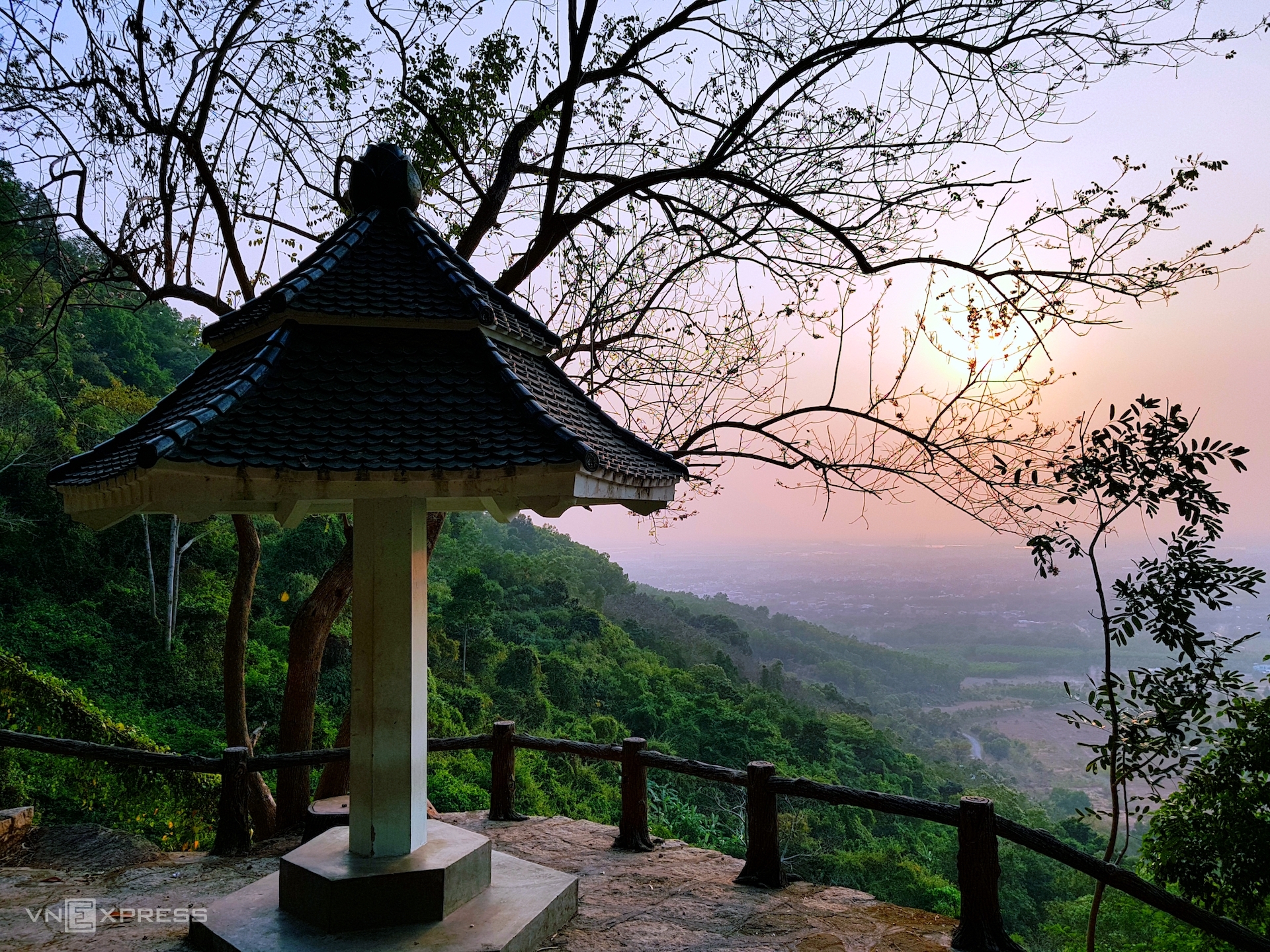
Dinh Mountain
Dinh Mountain is about 6 km from Ba Ria city, to the north in Tan Thanh district. The mountain has a peak of 504 meters, with many beautiful scenes, the most unique pagodas and temples in Ba Ria – Vung Tau province. Looking up from Highway 51, the mountain looks like a giant elephant lying prostrate, its head facing the sea. You can ride a motorbike for about 10 minutes to reach the top.
At the top there are Tien stream and Da stream with five lakes where you can bathe. Next to it is Nui Dinh base – the revolutionary base for units affiliated with the Southeast battlefield. The top of Dinh Mountain also has beautiful pagodas hidden among the rocky slopes, notably Hang Pagoda, Tung Lam Pagoda, Tay Phuong Pagoda… Around the mountain there are about 100 pagodas, the most famous are Phat Quang Pagoda, To Cave, Day Bi Cave, Mai Cave, Bung Lung, Dieu Linh Pagoda, Bat Cave…
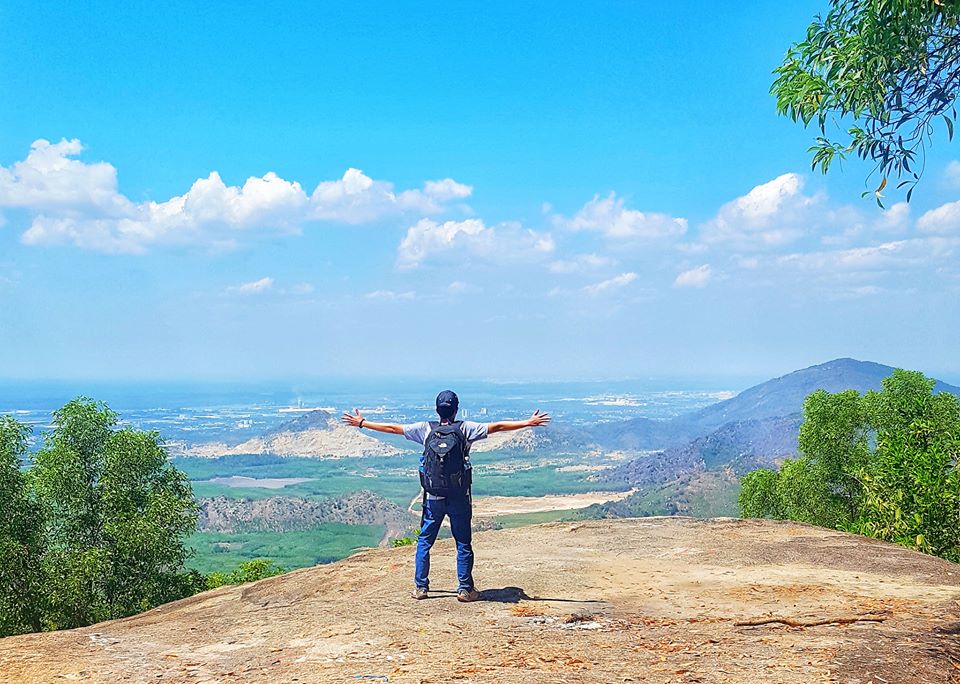
Long Phuoc Tunnels
The tunnels are a system in all 5 hamlets in the commune: East hamlet, West hamlet, Nam hamlet, Bac hamlet and Phuoc Huu hamlet, Long Phuoc commune, about 7 km from Ba Ria city center. The tunnel clusters are connected by a backbone, with secret bunkers containing food reserves and battle fortifications to fight back the enemy.
In October 1949, thanks to the tunnels, the revolutionary armed forces defeated the French army’s sweep and maintained the hamlet and revolutionary base. In April 1963, the tunnel system was restored and developed into a solid continuity. The backbone tunnel is 2-3m above the ground, 1.5 to 1.6 m high, 60 – 70 cm wide.
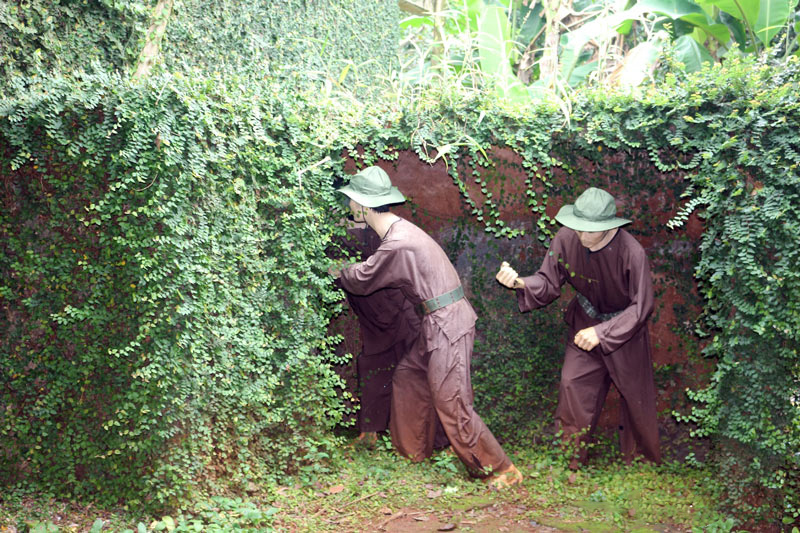
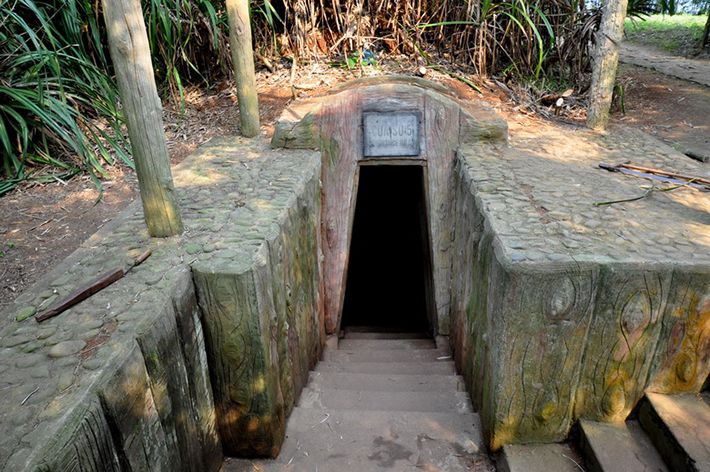
Ba Ria Round House
Round House – the name people in Ba Ria City often call the water tower (French Chatoau deau). In the early 20th century, along with building churches and establishing rubber plantations, the French built the Round House to serve the ruling apparatus and soldiers.
The Round House is 20 m high, the main architecture is a circular water tank covered with corrugated iron, more than 7 m in diameter. In 1945, the Japanese installed a 6-air alarm system under the water tank that is still working. The Round House was recognized as a national monument in 1987 and is currently a place for people and tourists to visit and organize exhibitions. Another special thing is that there is a flock of swallows nesting here.
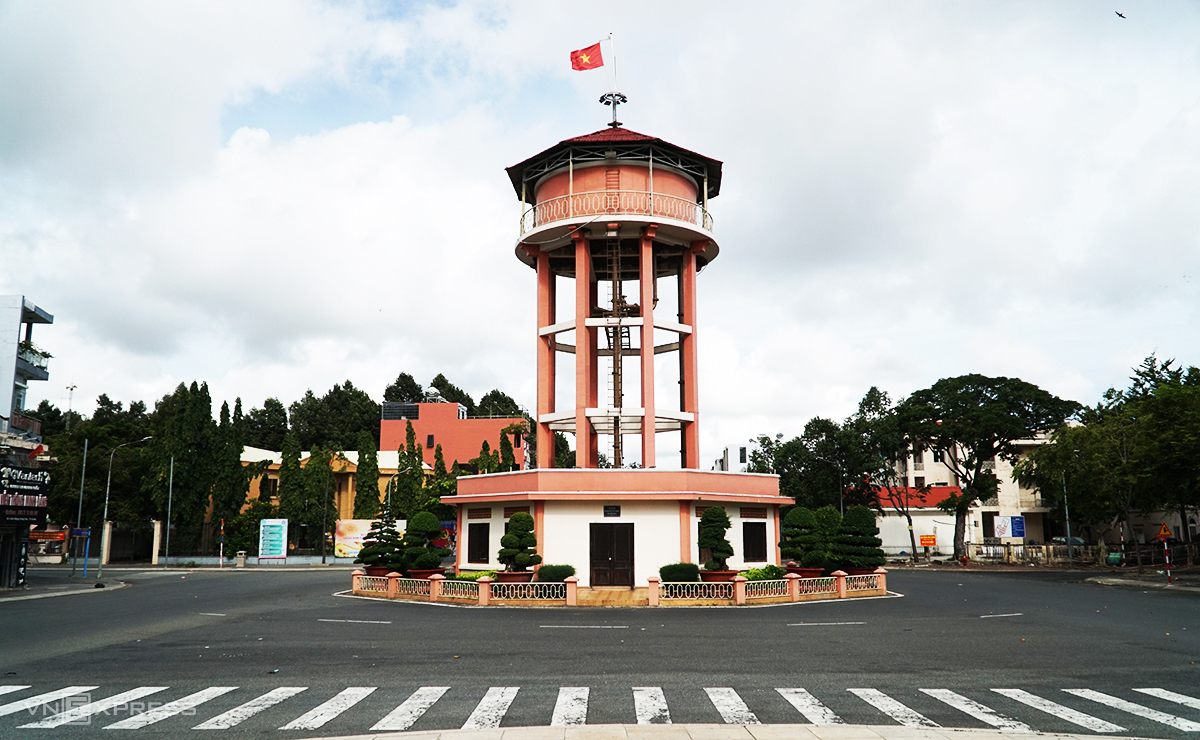
Long Hai Town
Long Dien district owns a 14.7 km long coastline with many beautiful beaches, white sand, gentle waves, and even sea waves. Long Hai beach is famous for its natural landscape from Ky Van cape protruding into the sea. October and November are the best times to go to Long Hai town to swim, and before and after the Lunar New Year is the blooming cherry forest season.
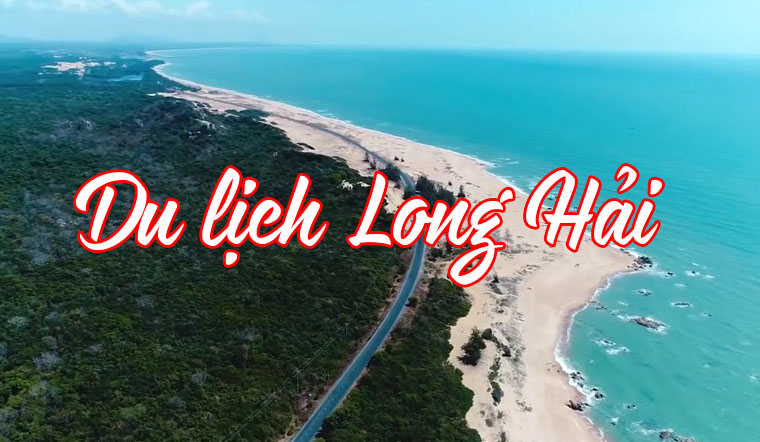
Minh Dam Mountain: This is a mountain associated with the heroic history of Ba Ria – Vung Tau province during the war period. From the foot of the mountain, visitors follow the zigzag paved road to reach the top.
On the way, about halfway up the mountain, you will see a panoramic view of Long Hai with the image of the sea on one side and the forest on the other. Many people often feel surprised by the splendid beauty of the autumn sky with yellow and green leaves mixed together, embellished by blooming forest flowers.
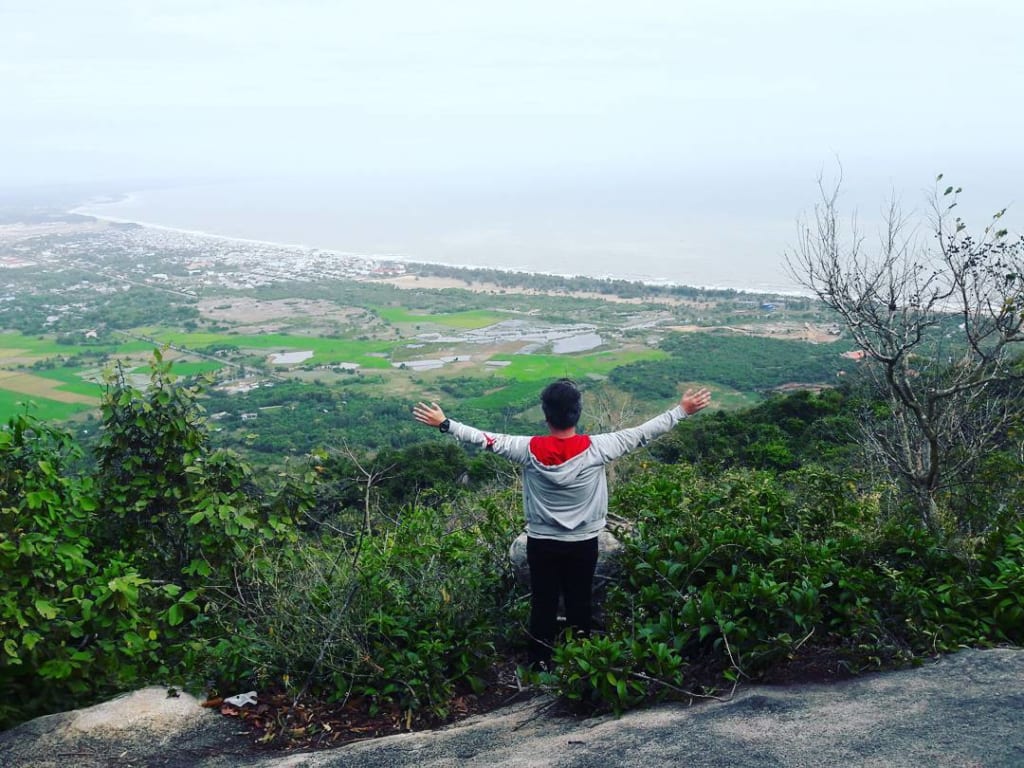

Hon Mot Pagoda: Hon Mot Pagoda was built in 1918, facing the sea, with its back leaning on Minh Dam mountain, attracting pilgrims from all over.


Long Hai Beach: The beach still has many wild and clean features, suitable for backpacking groups to camp overnight to enjoy the fresh, cool nature.
The smooth golden sand here stretches, mixed with the green of quiet poplar trees. In addition to swimming, visitors can also freely enjoy cheap, fresh seafood in the early morning mist.

Dinh Co Beach: Located at the foot of Dinh Co Palace, this beach also has the same name with fine, golden sand. The sandy beach here is wide, suitable for group sports activities or weekend entertainment with campfires, singing, and dancing. At low tide, the sea water recedes further, and you will see mollusks and fish in the smooth sand right under your feet.

Truc Lam Chan Nguyen Zen Monastery: Located at the foot of Minh Dam mountain and opened in 1987, Truc Lam Chan Nguyen Zen Monastery is located in a practice space that blends with majestic nature. Standing out in the green space of the mountains and forests is the main hall. This place is located under a mountain range, behind which are rocks with many shapes such as snake heads and turtles engraved with words.
Looming in the forest are small, simple wooden huts for the monks practicing here. The most special feature is the appearance of hundreds of monkeys. They see the pagoda as a peaceful place so they often come there. That is also the reason why many people call this place Monkey Pagoda.

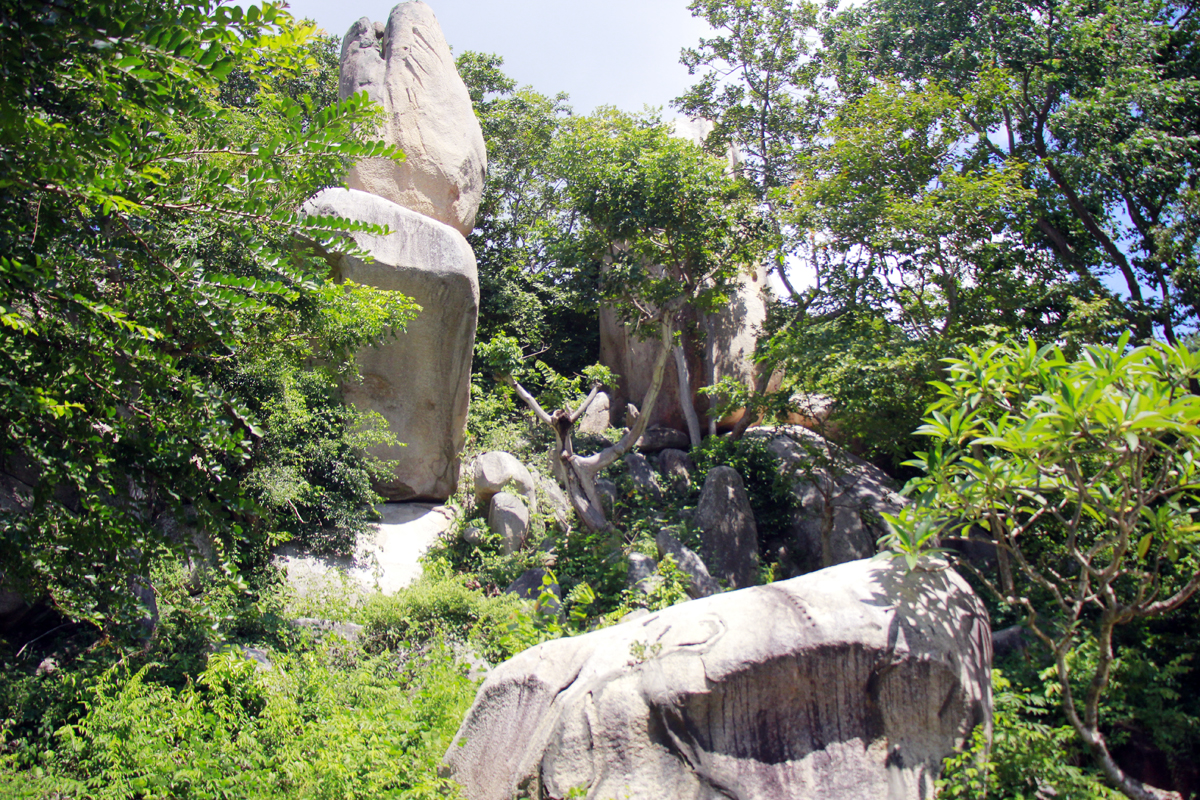

Nuoc Ngot Pass: If you have come to Long Hai, you should not miss the Nuoc Ngot Pass road, along the coast with a length of 5 km, always bustling with tourists in the last months of the year.
A special point to mention is the cherry blossom forest in full bloom halfway up the mountain. Previously, this flower was grown by the Japanese during the war years. Over time, the forest became a destination for many domestic and foreign tourists.

Con Dao
Con Dao district is an archipelago off the coast of Ba Ria – Vung Tau. This 76 km2 archipelago includes 16 islands, the largest being Con Son island. Con Dao is 185 km from Vung Tau, 230 km from Ho Chi Minh City, about 83 km from Can Tho. Besides spiritual tourism, towards the roots, many tourists are learning that Con Dao is a resort paradise, an interesting backpacking destination with many things to discover.


Other destinations
Ho Tram
Ho Tram is a point in the middle of the road from Ho Chi Minh City to Mui Ne – Phan Thiet (Binh Thuan). Partly due to habit and convenience, few people choose to take the coastal road because it is far away, so this road is often deserted, with few vehicles passing by. But for that reason, the road along Ho Tram beach is not affected by traffic or dust.

Binh Chau – Phuoc Buu nature reserve
Facing Ho Coc beach is a tree-lined road leading into Binh Chau – Phuoc Buu Nature Reserve. This is the area with the most green trees in Ho Tram, considered the “green lung” of Vung Tau.
Binh Chau – Phuoc Buu nature reserve is located in Xuyen Moc district, Ba Ria – Vung Tau province. This is the only remaining relatively intact coastal primeval forest in Vietnam. Forests lie along the coast interspersed with gently sloping hills covered by rows of lush green trees.
The reserve has a diverse natural landscape from tropical dry forests to moist evergreen forests, coastal melaleuca forests, hills, wetlands, shrubs and coastal sand dunes… The reserve also provides many tourism services such as accommodation, camping, and cycling paths for tourists who like to experience the feeling of exploring primeval forests.
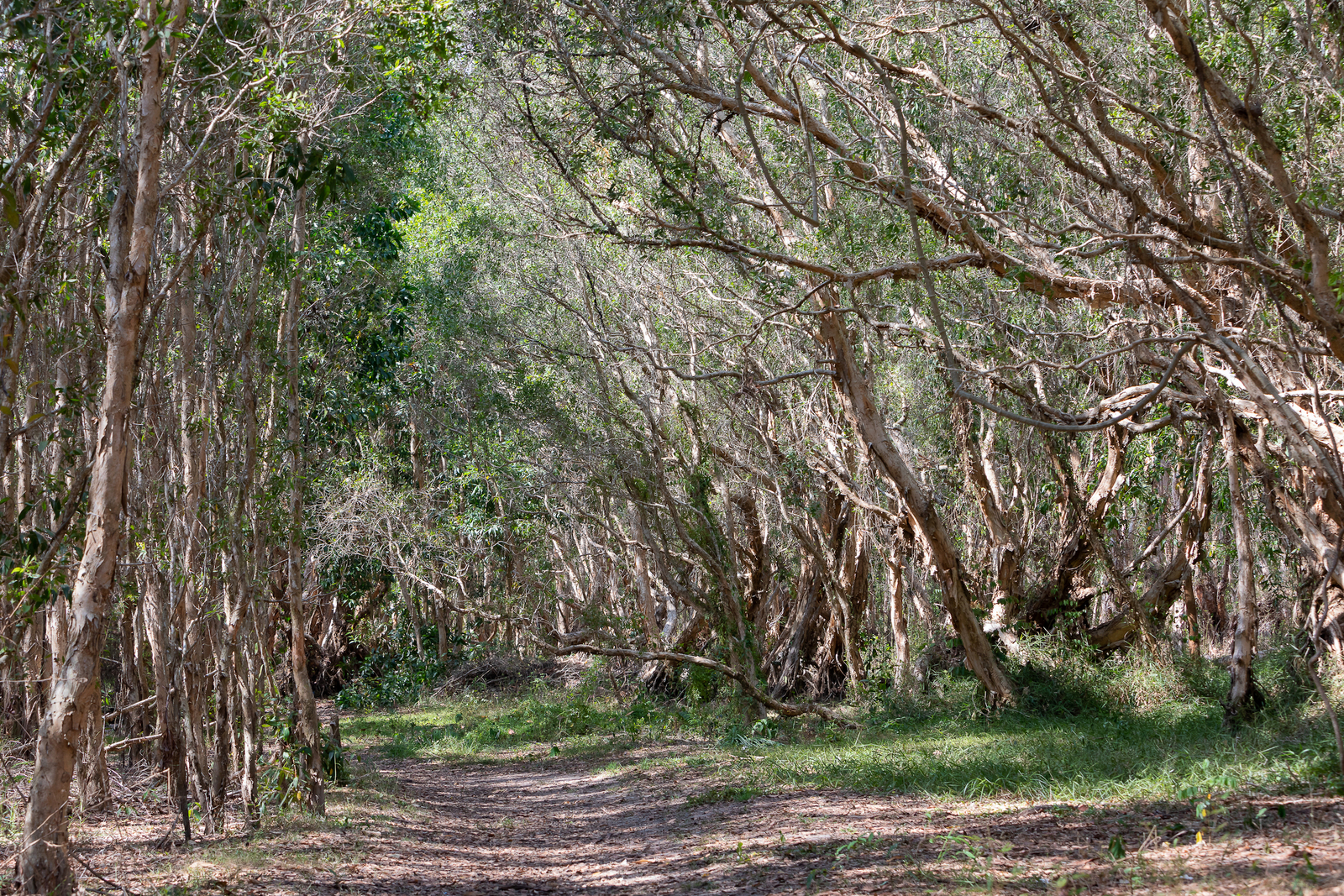


Specialty
The rich source of seafood has created diverse specialty dishes in Ba Ria – Vung Tau. Typical traditional dishes with regional flavors include Vung Tau khot cake, Long Hai pancake, Long Dien minced fish sauce, An Nhut banh hoi, banh canh … The most convenient places to eat are mainly concentrated in Vung Tau city.
Banh Khot Vung Tau
Rustic banh khot , with a very unique flavor of Vung Tau coastal region, is loved by many people, from locals to cross-country and international tourists. The white color of rice flour mixed with the fatty aroma of onion fat, plus the sweetness of shrimp, really pleases diners.
Nguyen Truong To street area is considered the convergence of this specialty. In addition, cakes are sold a lot at sidewalk shops and eateries on the streets of Vung Tau, the best ones are Goc Vu Sua shop, and Mrs. Hai’s and Mrs. Ba’s banh khot shops on Tran Dong, Hoang Hoa Tham, Luong Van streets. Can… When coming to these shops, you should avoid rush hours because you will have to wait a bit long due to the large number of customers.


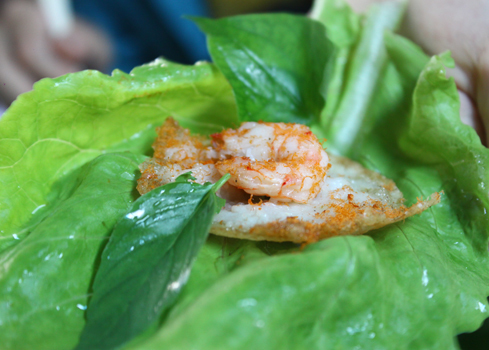
Long Son oyster porridge
This is also a specialty dish with a strong marine flavor, made from milk oysters plucked from the rocks in the waters of Long Son island commune. To have a delicious bowl of oyster porridge, the art of making it is also very special, the person enjoying it will feel the sweetness and fat of the oysters, mixed with the aroma of rice plus the spicy and fragrant taste of pepper, onions, and ginger. , straw mushrooms… make oyster porridge attractive and very unique. A hot bowl of oyster porridge, with a rich aroma, wherever you swallow, the sweetness will permeate.
Banh asked An Nhut
This is a famous specialty dish of An Nhat commune, Long Dien district. Banh hoi is made with fragrant rice of the local people and the secret is how to mix the dough so that the cake is flexible and chewy. The white cake fragrant with the smell of fresh rice becomes sweeter the more you chew it, rolled with raw vegetables, stir-fried meat and dipped in fish sauce with sweet and sour lotus roots. I finished this book and added another until I was full but still felt hungry. Banh hoi is also eaten with beef skewered on a stick grilled on a charcoal stove, and is also very delicious dipped in fish sauce.
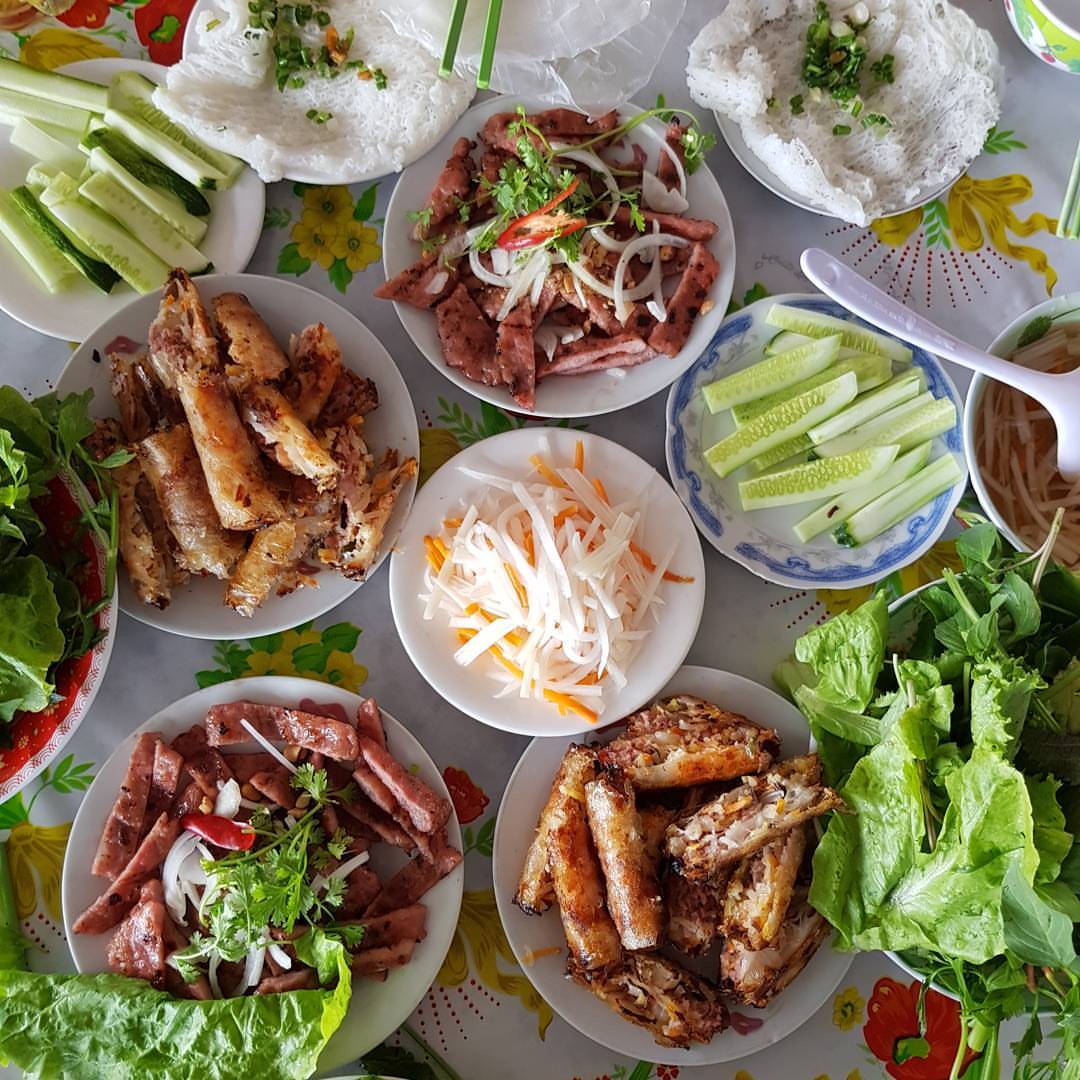
SEAFOOD
Visitors coming here should not forget to enjoy seafood dishes rich in variety and diverse in price, from affordable to high-end.
At the seafood shops on the street, with just a few tens of thousands of dong, you can comfortably sit and enjoy one of the dishes: stir-fried snails with coconut, steamed clams, grilled oysters with onion fat… to shrimp, crab, crab, squid… Please visit famous restaurants on Nam Ky Khoi Nghia, Tran Phu, Tran Hung Dao, Sao Mai area, Le Hong Phong, Nguyen Thai Hoc… in Vung Tau city to Sip with friends

Recently, MY TOUR ASIA has compiled most typical Ba Ria – Vung Tau tourist destinations for you to have your favorite destinations. With its geographical location, convenient transportation, pleasant atmosphere, blue sea landscape, beautiful golden sand, fresh seafood and attractive cuisine, Ba Ria – Vung Tau is definitely a familiar destination for many people. tourism. Plan your trip today!